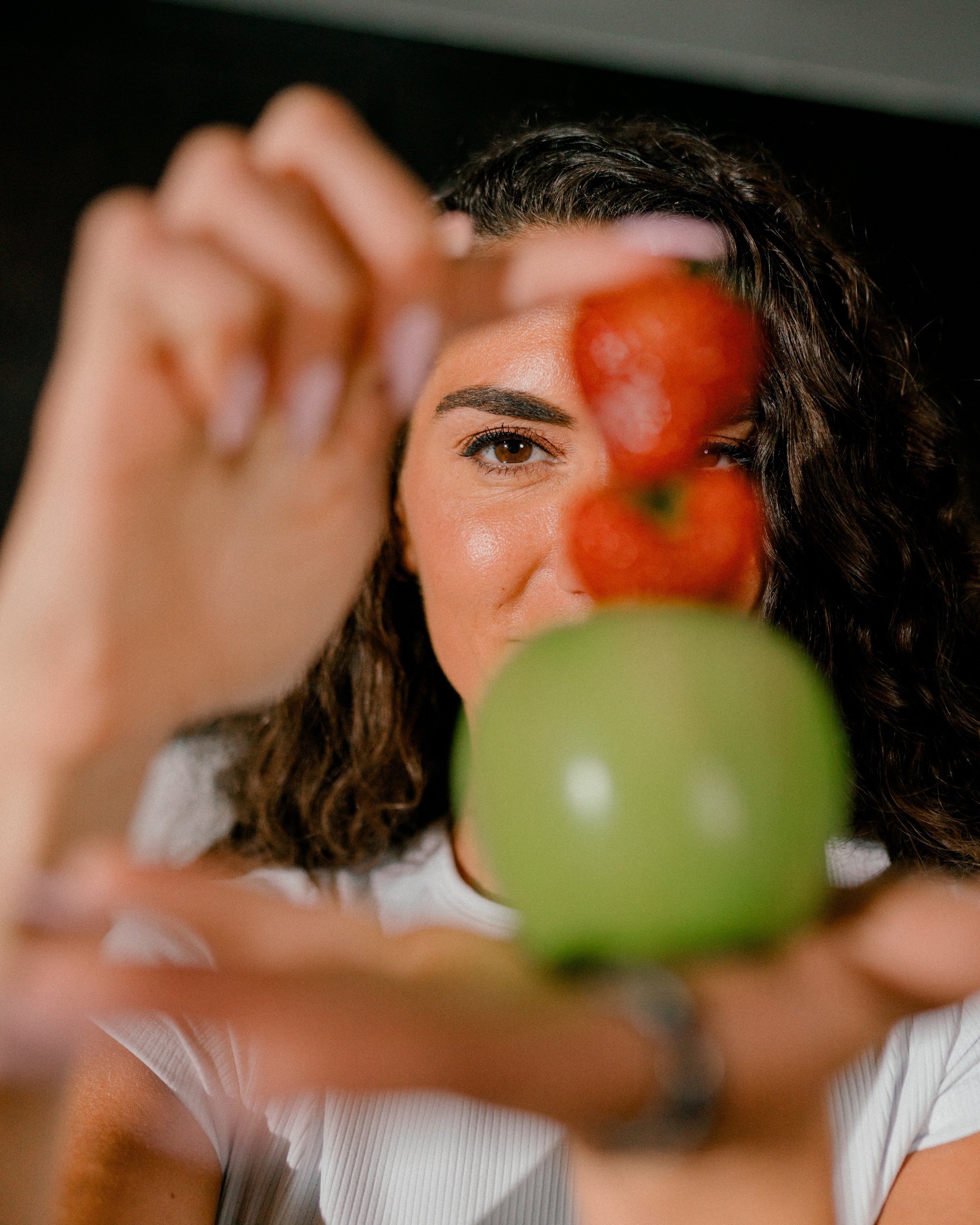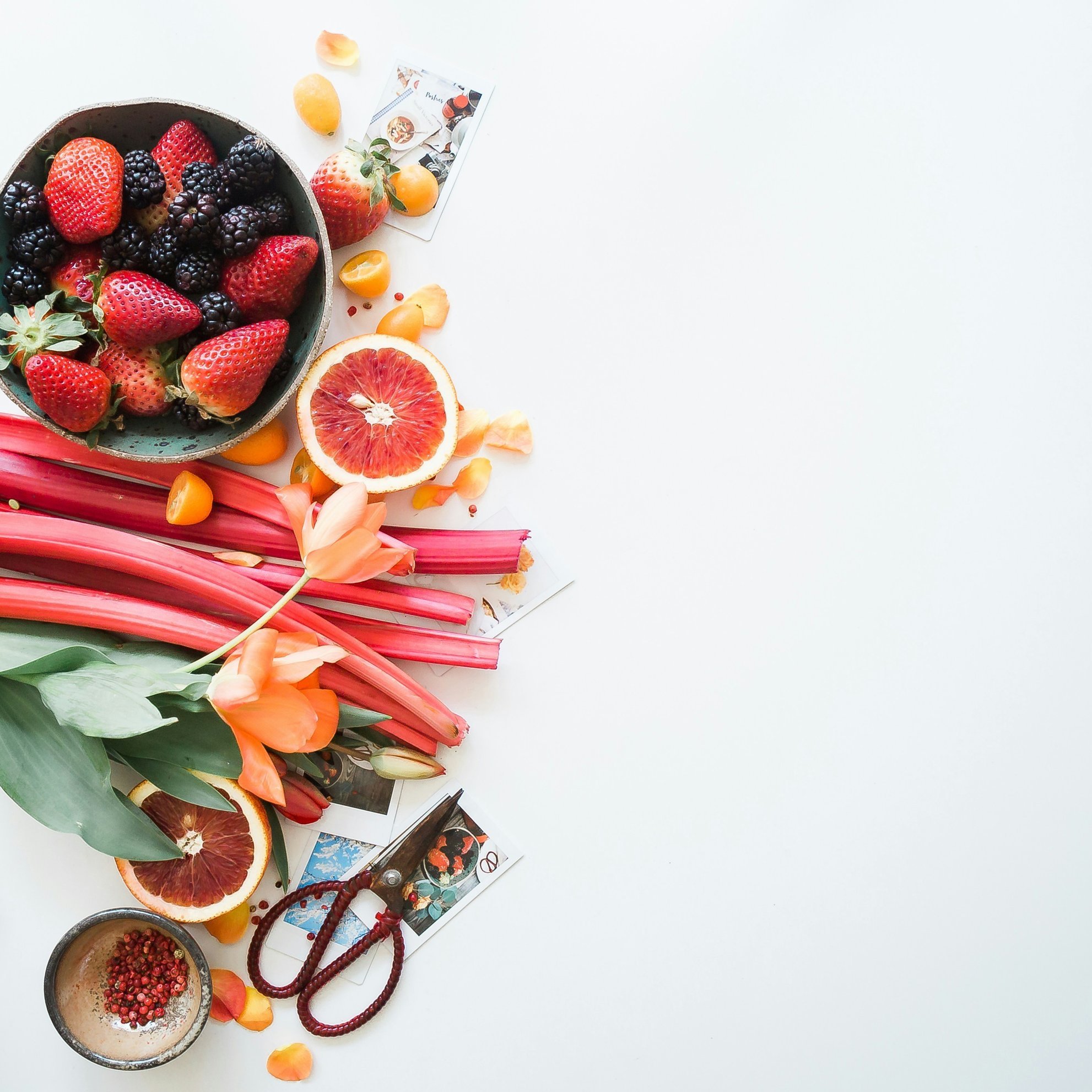The USDA Updated Their Labeling on All Foods Containing GMO’s, Here’s Everything You Need to Know
The USDA has done a decent job at letting Americans know what foods contain GMO’s, otherwise known as genetically modified foods. We’re used to seeing the very clear label on food saying, “Non GMO verified” letting us know our food is free of any alterations used with GMO’s.
It has always been clear in the past and easy to pick out foods that didn’t contain GMO’s, until January 1, 2022.
As of recently the FDA decided to change the labeling to “get rid of the confusion of different labels for foods and ingredients that have been scientifically tampered with, according to the U.S. Department of Agriculture”. However, the move also puts a greater burden on consumers to do their homework to understand what the labels mean, some food advocates say.
Before we dive into the new labeling protocol put forth by the FDA, let’s explore what exactly “GMO” stands for, shall we?
GMO stands for Genetically Modified Organism. If you were to break it down word by word, Genetically refers to genes. Genes are made up of DNA, which is a set of instructions for how cells grow and develop. Second is Modified. This implies that some change or tweak has been made. Lastly, we have the word Organism. When it comes to GMOs, many people only think of crops. Yet an ‘organism’ isn’t just a plant; it refers to all living things, including bacteria and fungi.
With that said, A GMO, or genetically modified organism, is a plant, animal, microorganism or other organism whose genetic makeup has been modified in a laboratory using genetic engineering or transgenic technology. This creates combinations of plant, animal, bacterial and virus genes that do not occur in nature or through traditional crossbreeding methods. (source:https://www.nongmoproject.org/gmo-facts/what-is-gmo/)
But why do we use GMO’s? Farmers have used GMO’s in agriculture to increase crop yields, reduce costs for food or drug production, reduce need for pesticides, enhance nutrient composition and food quality, build up more resistance to pests and disease and increase food security.
So what do YOU need to know about the new food labeling?
Foods that previously were labeled as containing “genetically engineered” (GE) ingredients or “genetically modified organisms” (GMOs) will now be labeled as “bioengineered,” or come with a phone number or QR code guiding consumers to more information online.
Yes, a freaking QR code.
Which means you might need to scan the code on your food using your smartphone to get the rundown on what’s really in your food. Oh, and if you don’t have a smartphone? Looks like you are shit out of luck. This is BS because there are more than 100 million Americans who do not have access to smartphones and these new rules will definitely discriminate against them. This doesn’t sound very promising considering these companies will be allowed to RELY on smartphone-based scannable QR codes to share this type of information with consumers.
Watchdog organizations say the new rules contain too many loopholes for consumers who want to avoid these foods- I agree. They literally changed it because they said “GMO’s” were getting a bad rap. (Ya think)!?
“The worst part of this new law is the use of the term ‘bioengineered’ because that’s not a term most consumers are familiar with,” said Gregory Jaffe, director of the project on biotechnology for the nonprofit Center for Science in the Public Interest. He said this choice was in large measure because “GMO” had come to be perceived as pejorative.
The changes are part of the USDA’s new rules on controversial modified crops and ingredients. Previous labeling requirements were governed differently on a state-by-state basis.
By now providing a uniform, national standard for labeling bioengineered foods, “it avoids a patchwork of state labeling regulations,” a USDA spokeswoman said in a statement.
I’m not sure what to think of this to be honest. I mean, I understand why they would want to make the labeling requirements more uniform on a state by state basis, but a QR code? They know Americans are lazy AF and I would bet a millie not many people will be scanning the food on their package to double check if they’re food doesn’t include the angelic new term “Bioengineered.”
Hell, even the new label looks innocent enough.
So you might be thinking, cool, so all I need to do is lookout for this label and scan a QR code to make sure my food hasn’t been genetically modified and I’m good, right?
Meh, not exactly. Under the new rule, a food does not contain genetic material if the genetic material is not “detectable.” If one or more of a food’s ingredients comes from a modified plant but the ingredients themselves contain no DNA from that plant, the label may carry a “derived from bioengineering” disclosure. But that’s voluntary. AKA they won’t be saying a word. So, processed foods made from genetically engineered crops — like sodas, candies and cooking oils — that are so highly processed that no DNA remains, may not be labeled.
And the USDA has built in some wiggle room too. (Thanks USDA!) They were so sweet to set a threshold at 5 percent for the “unintended” presence of genetically engineered ingredients, so foods made from crops with less than 5 percent of that ingredient unintentionally bioengineered don’t need to be disclosed.
Yup. You read that right. Just to put things in perspective for you, the European Union’s standard is about five times lower, at 0.9 percent.
“Consumers are left not knowing if it’s not present or if a food company just chose not to disclose,” said Peter Lurie, president of Center for Science in the Public Interest. Thus you can see the loopholes in this new protocol.
Another loophole, Lurie said, is that the new disclosure rules don’t cover products that list meat, poultry or eggs as their first ingredient or their second ingredient after water, stock or broth. This means many prepared foods in the freezer aisle — meat lasagna or chicken burritos — may contain modified ingredients without disclosure.
If you can’t sense my sarcasm, I’m far from excited about these new labels and protocols. Especially knowing what foods are considered “bioenginereed” and how food companies actually validate their claims. (Hint: it’s scary and far from comforting. Read more here.
I believe the American consumer is already overburdened- especially right now in the year 2022. We have enough to cope with as citizens of this country. People are more stressed, sick and distracted than ever. Now, on top of this ongoing pandemic, we have to get used to basically becoming USDA citizen investigators to make sure we’re eating real food. It’s plain bullshit if you ask me.
Knowledge is power fam- let’s do our best to keep ourselves educated and in the know.















